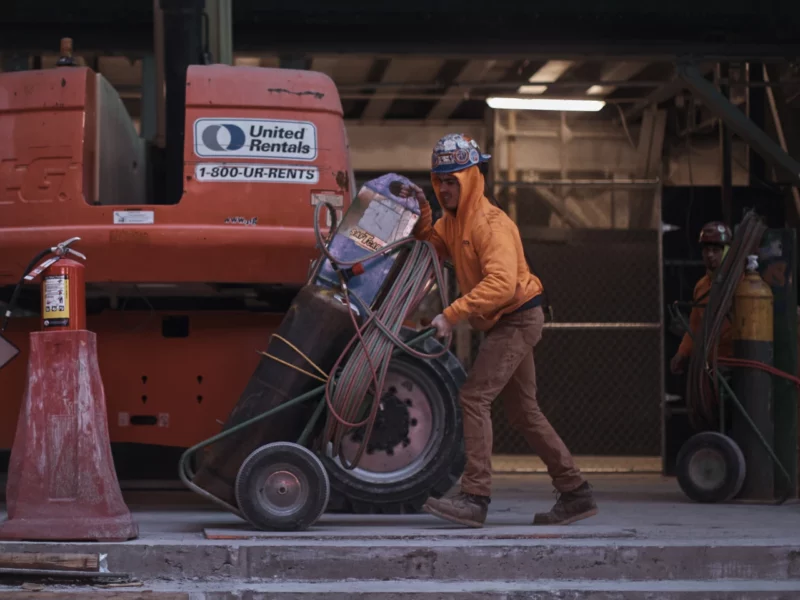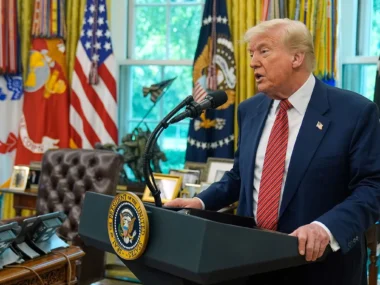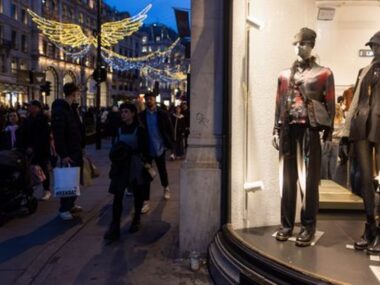In a surprising turn of events, job openings in the United States unexpectedly increased in August, indicating the continued strength of the U.S. labor market, even in the face of higher interest rates—a situation that might pose challenges for the Federal Reserve’s efforts to combat inflation.
According to the Labor Department’s report on Tuesday, American employers posted 9.6 million job openings in August, which was up from the 8.9 million reported in July. This uptick in job openings marked the first increase in three months, exceeding economists’ expectations, who had anticipated only 8.9 million vacancies. The number of layoffs and the number of people voluntarily quitting their jobs, a sign of confidence in their employment prospects, remained essentially unchanged from July.
Nick Bunker, the head of economic research at the Indeed Hiring Lab, highlighted that most of the August increase in job openings was attributed to the professional and business services sector. He noted that while the job market is still robust, it hasn’t reached a boiling point of overheating.
The Federal Reserve’s objective is to temper the red-hot U.S. job market, aiming to alleviate pressure on businesses to increase wages, as this can contribute to higher prices and inflation. To tackle inflation, the central bank has implemented 11 rate hikes since March 2022.
Federal Reserve Chair Jerome Powell has expressed optimism about a moderation in hiring that occurs with fewer job vacancies and less frequent job changes rather than through mass layoffs.
The release of strong jobs data had a ripple effect on U.S. markets, with many investors perceiving an increased likelihood of more assertive actions by the Federal Reserve. This resulted in a rapid 100-point drop in the Dow Jones.
Thus far, the economy has cooperated with this approach. Job openings and voluntary resignations have decreased from their peaks in 2022, while the unemployment rate, standing at 3.8% in August, remains close to a low not seen in half a century. Furthermore, inflation, which reached a four-decade high in mid-2022, has significantly slowed over the past year, fostering hope that the Fed can achieve a “soft landing.” This strategy involves raising interest rates just enough to control rising prices without pushing the economy into a recession.
During its most recent meeting on September 19-20, the Fed opted not to increase interest rates. However, Rubeela Farooqi, Chief U.S. Economist at High Frequency Economics, suggested that the unexpected increase in job openings might make the Fed more inclined to consider another rate hike later this year.
Loretta Mester, the president of the Federal Reserve Bank of Cleveland, warned on Monday that the increasing gas prices could hinder progress in addressing inflation by causing related costs, such as shipping and airfares, to rise. She emphasized that the Federal Reserve might consider raising its key interest rate once more later this year, even though the rate is already at a 22-year high, hovering around 5.4%.
Mester stated, “I suspect we may well need to raise the (Fed’s) rate once more this year and then hold it there for some time as we accumulate more information on economic developments.” This suggests a potential further rate hike in the near term to manage inflation.
The reporting on this topic includes contributions from AP Economics Writer Christopher Rugaber.











